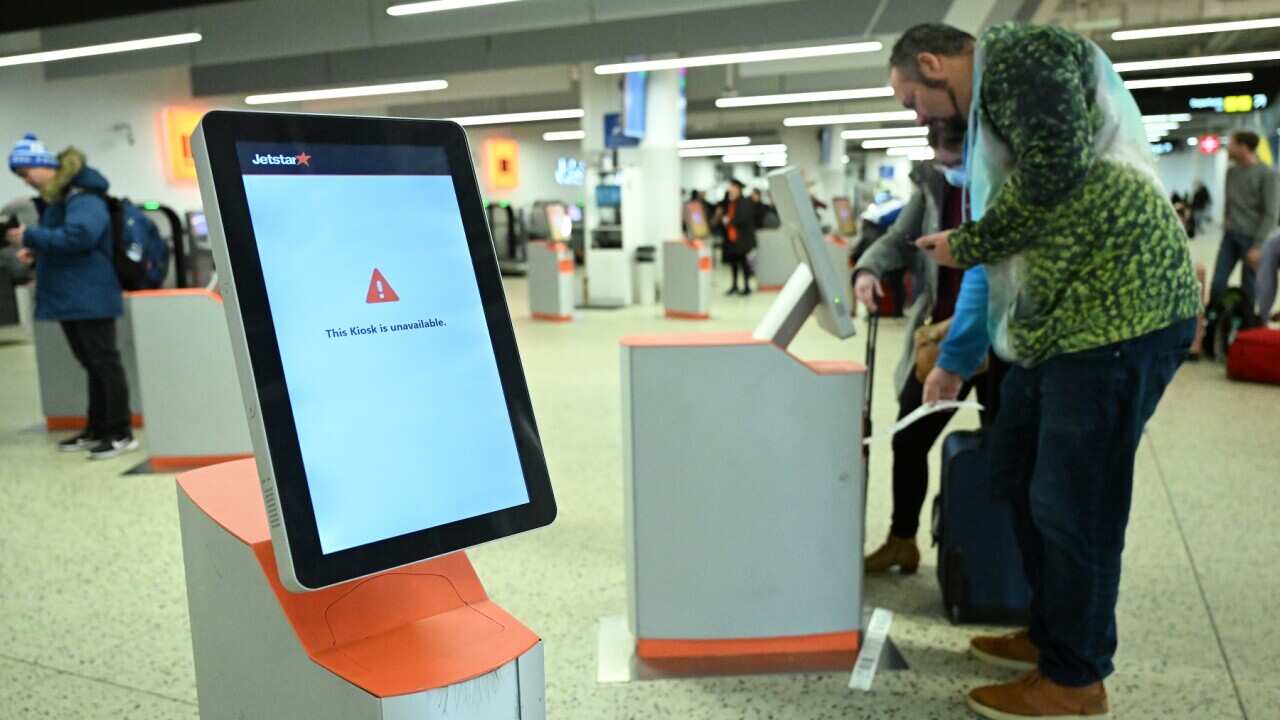TRANSCRIPT
Imagine that you are the director of a museum.
And it's a place that houses objects which were once stolen.
How do you deal with it?
Marine Grosselink runs the Mauritshuis museum, situated in the Dutch city of The Hague.
She says the museum is well aware of the complexities around stolen art and artefacts.
"I think it's very painful to see all those cultural objects in the depots of our European museums because we know that the people to whom they belong to are deprived of their culture. So, yes, I think it's painful indeed. But I'm also thankful to the fact that our museums work quite hard nowadays, finally, on the restitution of those objects as well."
Restitution and return is at the heart of art and antiquities policies the world over.
The United States has returned some 17,000 looted artefacts to Iraq, which has been at the centre of an illicit trade in stolen antiquities for decades.
At a ceremony to mark the return of a tablet containing some of the Epic of Gilgamesh in 2021, Steve Francis from Homeland Security Investigations said the process of repatriation remains ongoing.
"While we recognise that cultural property, art and antiquities are often assigned a dollar value in the marketplace, the cultural, historic and symbolic worth of these Iraqi treasurers surpass any monetary value. These artefacts belong to the people of Iraq and we are proud to help them in their recovery and return."
Back in the Netherlands, a range of items - from valuable jewels to 13th century temple carvings - have just been officially handed back to Indonesia.
Hilmar Farid is the Director-General of Cultural Heritage at the Ministry of Culture Indonesia.
"We consider these objects as our missing items in our historical narrative, and of course they play different roles symbolically, culturally. For example, these statues that are standing behind me they have a particular role in rituals. So bringing them back, meaning that we would reintegrate them into their cultural contexts - and that is of course of symbolic importance to us.”
It's this kind of history that the Mauritshuis museum is grappling with.
And they're confronting it with a new exhibition that puts looted art at centre stage.
Called Looted, 10 Stories, the exhibition focuses on three periods: art looted in the colonial era, thefts committed by French revolutionaries in 1795, and art stolen by the Nazis from Jewish owners.
Marine Grosselink says virtual reality is used to tell the stories of the stolen objects.
"A museum is there to make those objects look more beautiful, but we don't make them more beautiful. The light is working light as you can see here. So with the VR installation, you put on your goggles and your VR installation and then you dive into the moment of loot itself. So you as a visitor are witness of the loot, and then the object tells the story by itself. It's about the biography of the objects, and the object tells the story to you as a visitor."
Rembrandt's Self-Portrait from 1669 is one of the artworks which can be seen in virtual reality.
The painting belonged to the Jewish Rathenau family but was confiscated by Nazis during World War II.
The Quadriga on the Brandenburg Gate in Berlin, looted by Napoleon in 1806, is another highlight.
Co-curator Kel O’Neill says virtual reality gives visitors a different experience of these priceless treasures, explaining where the looted objects came from, why they were stolen, and asking what the future of the museum might look after part of the collection is returned.
"It's funny because there's the question of technical challenge, right? And then there's also the question of storytelling challenge and how actually, how do you want to tell stories with these new videos in an odd way. With VR, the question is, can you even really tell the story with VR? That's why we made a very deliberate choice with these experiences to essentially draw people into history. It's not particularly narrative. You're essentially arriving back at a time that you would not have access to. Like you stepped into a time machine."





